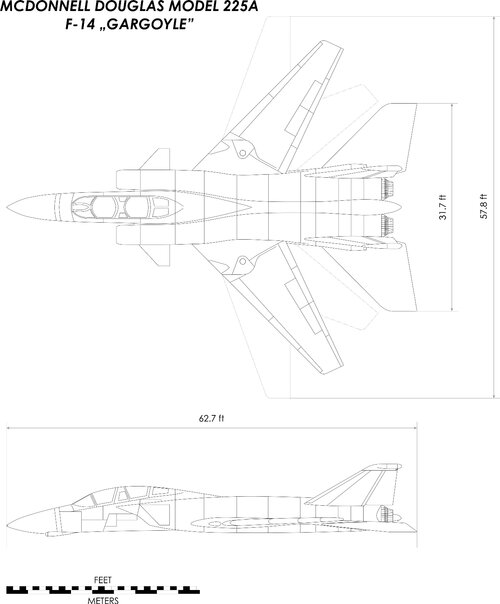As mentioned in the OP, with McDonnell winning the VFX we will likely see a completely different outcome of the FX program, as McDonnell was heavily involved in VFX, and only after losing it, did they put significant resources into FX. Also, with McDonnell winning the VFX, it is hard to expect their involvement in the NACF, so Northrop will likely pair with somebody else, and F/A-18, even if developed, would be a different design. Of course, that means no Super Hornet, as it was McDonnell’s initiative.
At the same time, it is also worth remembering that for Grumman the VFX was a crucial program, as they’ve invested several years and significant money into developing F-111B, followed by the development of Model 303. Losing in VFX would likely put Grumman out of the fighter business, and speed up the process of merging with another manufacturer (not necessarily Northrop).
As for Model 225A, I suspect that it would not have enjoyed as much success as Grumman’s F-14. Even though it fulfilled the VFX requirements, it was still judged inferior to the 303E in nearly all aspects. It can be easily seen when one compares the Standard Aircraft Characteristics for Model 225A with the SAC for the actual, in-service F-14A (from 1974). For example, the rate of climb at analogous configuration (4xAIM7-F) is 35 500 ft/min vs 44 800 ft/min, for Model 225A and F-14A, respectively. Now, the 225A SAC was based on the projected empty weight of 34 643 lbs, which is likely too optimistic – according to David Baker’s book, the original Grumman’s submission was claiming an empty weight of 35 294 lbs, and yet the actual F-14A weighted around 39 037 lbs empty, with a further increase to the 43.5k+ for F-14D. It is likely that Model 225A would follow a similar path, further decreasing the already inferior performance. Therefore, it would be more dependent on the development of the F401 engines, which would increase the risk of canceling the whole program early on.
Another drawback of the Model 225A would become a limiting factor during later stages of its career, namely its air-to-ground performance. The Grumman’s F-14 from the very beginning was designed with significant capabilities in this area, even though it took the Navy more than 15 years to actually explore it. The big advantage of F-14 was the utilization of pallets for weapons carriage, which turned out to be quite versatile. In the case of Model 225A, the applied solution was much more specialized – IIRC the Phoenix installation was based on the conformal carriage in self-sealing wells. As a result, the Mk. 84 bombs could be hanged only at stations 1, 5, and 9, which at the same time were the only wet pylons. When one compares that with the late F-14 A/B/D, which were able to carry 4 Mk. 84, together with the two 280 gallons external fuel tanks (even though it was not possible to land with all four Mk. 84 on the carrier), it can be expected that Model 225A would struggle to fill the same niche, greatly reducing its longevity in service.
To sum up, the selection of McDonnell’s Model 225A in VFX would provide the Navy with a much more specialized design, less suited for the air superiority and air-to-ground missions. That in turn would likely result in an even shorter carrier of 225A when compared with F-14, and with no Super Hornet around, it would probably result in a much higher interest of Navy in the NATF-type replacement.
Below, I put the drawing of the Model 225A, which I completed a few months ago based on the SAC and McDonnell’s performance report. The panel lines are based on McDonnell’s artwork, with a bit of F-4 inspiration to fill the gaps. It still needs a few tweaks here and there, but maybe somebody will find it useful. Hi-res version can be find
here.



